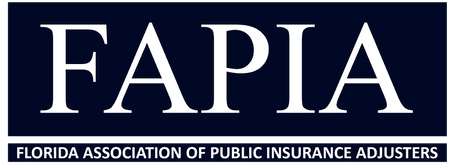Frozen water pipes can cause significant damage to both residential and commercial properties when they burst due to freezing temperatures. The damage can go unnoticed for weeks, especially if the pipes are located in hard-to-reach areas. Burst pipes can lead to water damage, mold growth, and other issues that can result in costly repairs. As a property owner, it’s important to take preventative measures to protect your pipes from freezing, such as insulating them and keeping the temperature inside your property above freezing.
Damage from Burst Pipes
Let us negotiate with your insurance company on your behalf so you get the maximum payment available!
Water Damage from Frozen Pipes?
How Common Are Burst Pipes?
Burst pipes are a common problem in the United States, accounting for approximately one-third of all water damage claims, according to the National Flood Insurance Program. When a pipe bursts, it can release a large amount of water in just a short amount of time, causing significant damage to your property and personal belongings. It’s important to take preventive measures to reduce the risk of burst pipes and be prepared to act quickly if they do occur.
How Do I Know If I Have a Burst Pipe?
Identifying a burst pipe on your property can be challenging, especially if the damage occurs behind walls or beneath floors. While visible signs of water damage such as damp walls or ceilings, wet floors, and dripping water are often the first indicators of a burst pipe, there are other less obvious signs to look out for. For example, a sudden drop in water pressure, strange noises coming from pipes or appliances, and foul odors could also indicate a burst pipe. If you suspect a burst pipe, it’s important to act quickly to minimize damage and prevent potential health hazards such as mold growth.

